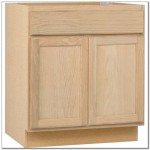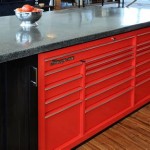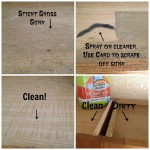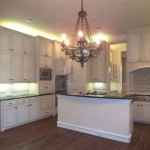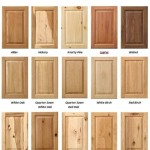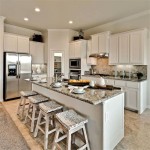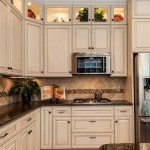Adding Molding to Kitchen Cabinet Doors: A Comprehensive Guide
Molding is a decorative and functional element that can enhance the appearance and functionality of your kitchen cabinet doors. Adding molding to your cabinet doors is a relatively simple and affordable project that can make a big impact on the overall look of your kitchen.
Types of Molding
There are many different types of molding available, so you can choose the one that best suits your style and the style of your kitchen. Some of the most popular types of molding for cabinet doors include:
- Crown molding is a classic choice that adds a touch of elegance to any kitchen.
- Base molding is a simple and functional molding that helps to hide the gap between the cabinet doors and the floor.
- Valance molding is a decorative molding that can be used to add a finished look to the top of your cabinet doors.
- Panel molding is a type of molding that can be used to create a raised panel effect on your cabinet doors.
Materials
Molding is typically made from wood, MDF, or PVC. Wood molding is the most expensive option, but it is also the most durable. MDF molding is a less expensive option that is also durable, but it is not as strong as wood. PVC molding is the least expensive option, but it is also the least durable.
Tools
To add molding to your cabinet doors, you will need the following tools:
- A miter saw
- A nail gun
- A caulk gun
- A tape measure
- A pencil
Instructions
To add molding to your cabinet doors, follow these steps:
- Measure the height and width of your cabinet doors.
- Cut the molding to the appropriate length using a miter saw.
- Apply a bead of caulk to the back of the molding.
- Press the molding into place on the cabinet door.
- Nail the molding into place using a nail gun.
- Fill any gaps between the molding and the cabinet door with caulk.
Tips
Here are a few tips for adding molding to your cabinet doors:
- Use a miter saw to cut the molding to the correct angle. This will ensure that the molding fits together perfectly.
- Apply a bead of caulk to the back of the molding before pressing it into place. This will help to seal the gap between the molding and the cabinet door.
- Nail the molding into place using a nail gun. This will ensure that the molding is securely attached to the cabinet door.
- Fill any gaps between the molding and the cabinet door with caulk. This will help to prevent moisture from getting into the cabinet.

Adding Molding To Old Cabinets Diy Tutorial Cabinet Doors Kitchen

From Drab To Fab Adding Trim Cabinets

From Drab To Fab Adding Trim Cabinets

Add Moulding To Flat Cabinet Doors Home Kitchens Cabinets Diy Kitchen

Adding Moldings To Your Kitchen Cabinets Remodelando La Casa

Great Way To Add Interest Bathroom Or Kitchen Cabinets Ck This Out Wow Plain Cabinet Doors Home Diy

How To Add Trim And Paint Your Laminate Cabinets

From Drab To Fab Adding Trim Cabinets
Easy And Inexpensive Cabinet Updates Adding Trim To Cabinets Drawers The Rozy Home

Easy And Inexpensive Cabinet Updates Adding Trim To Cabinets Drawers The Rozy Home
Related Posts


